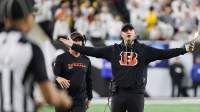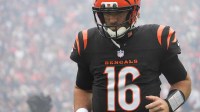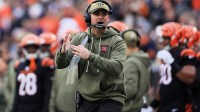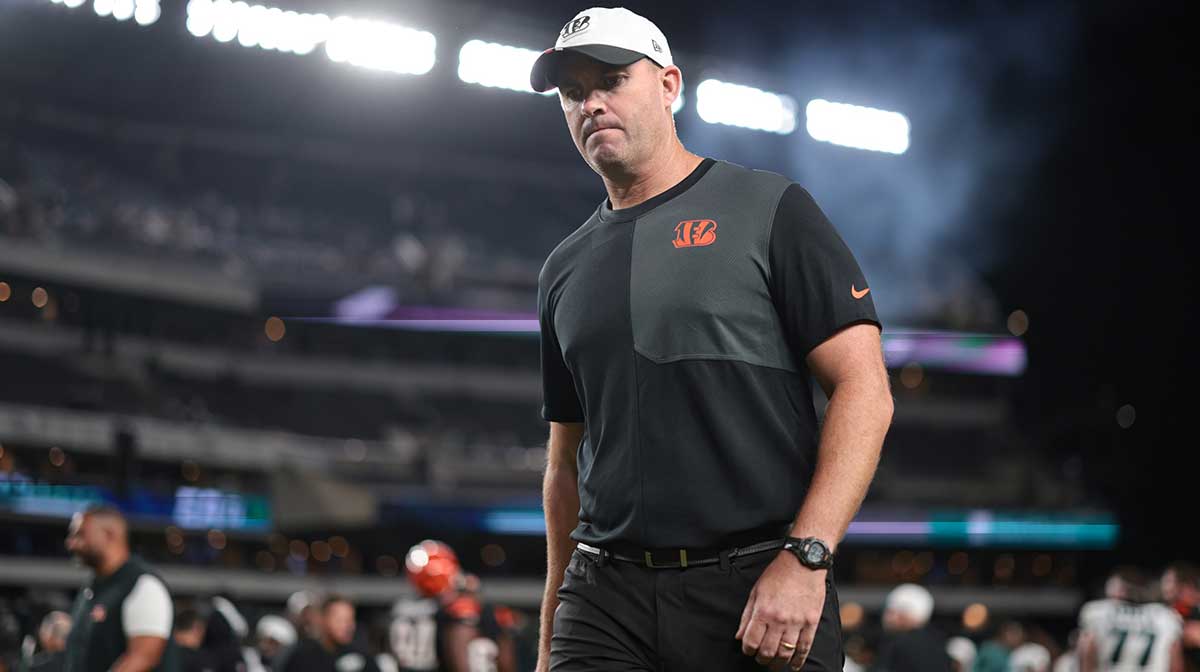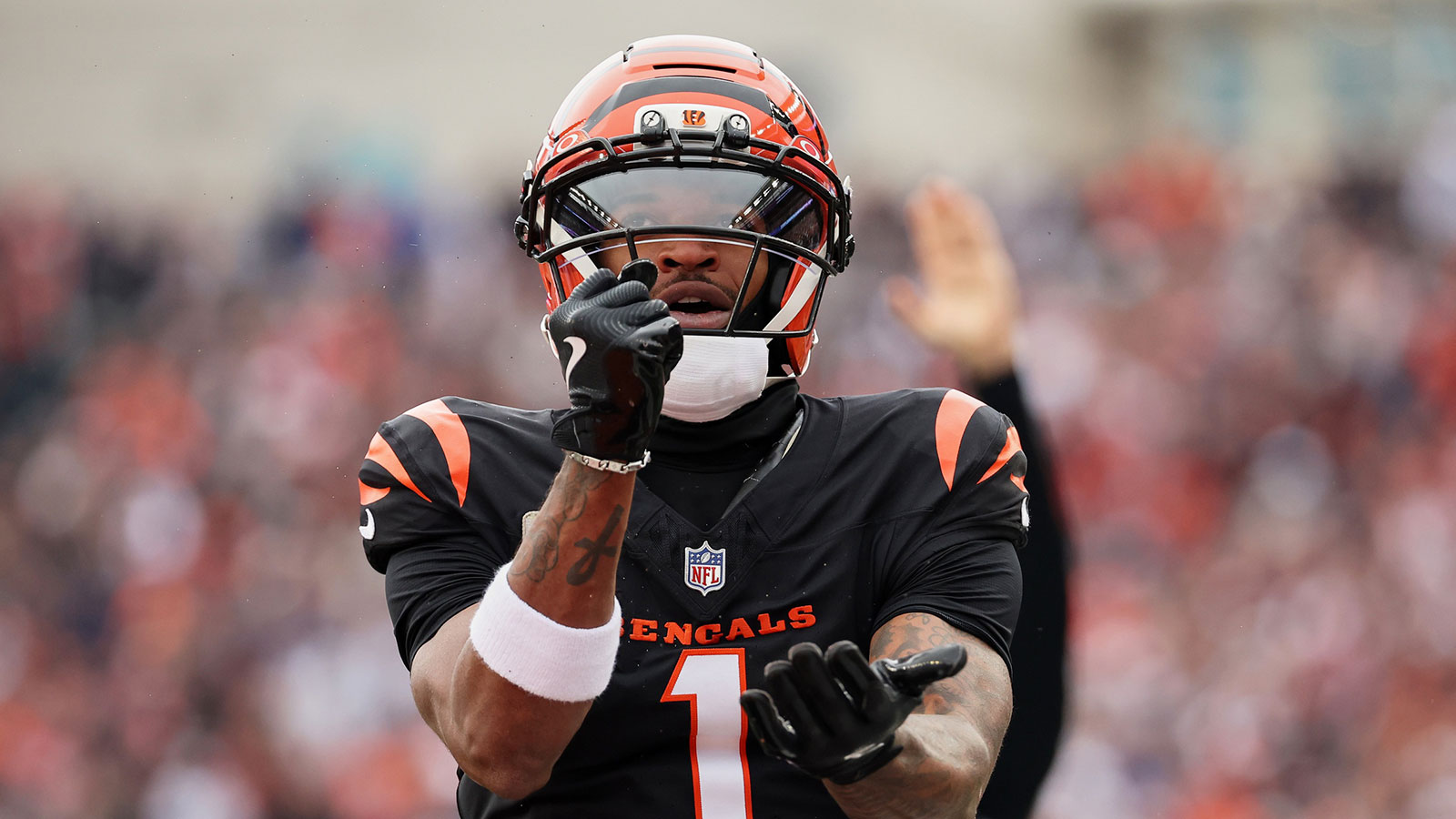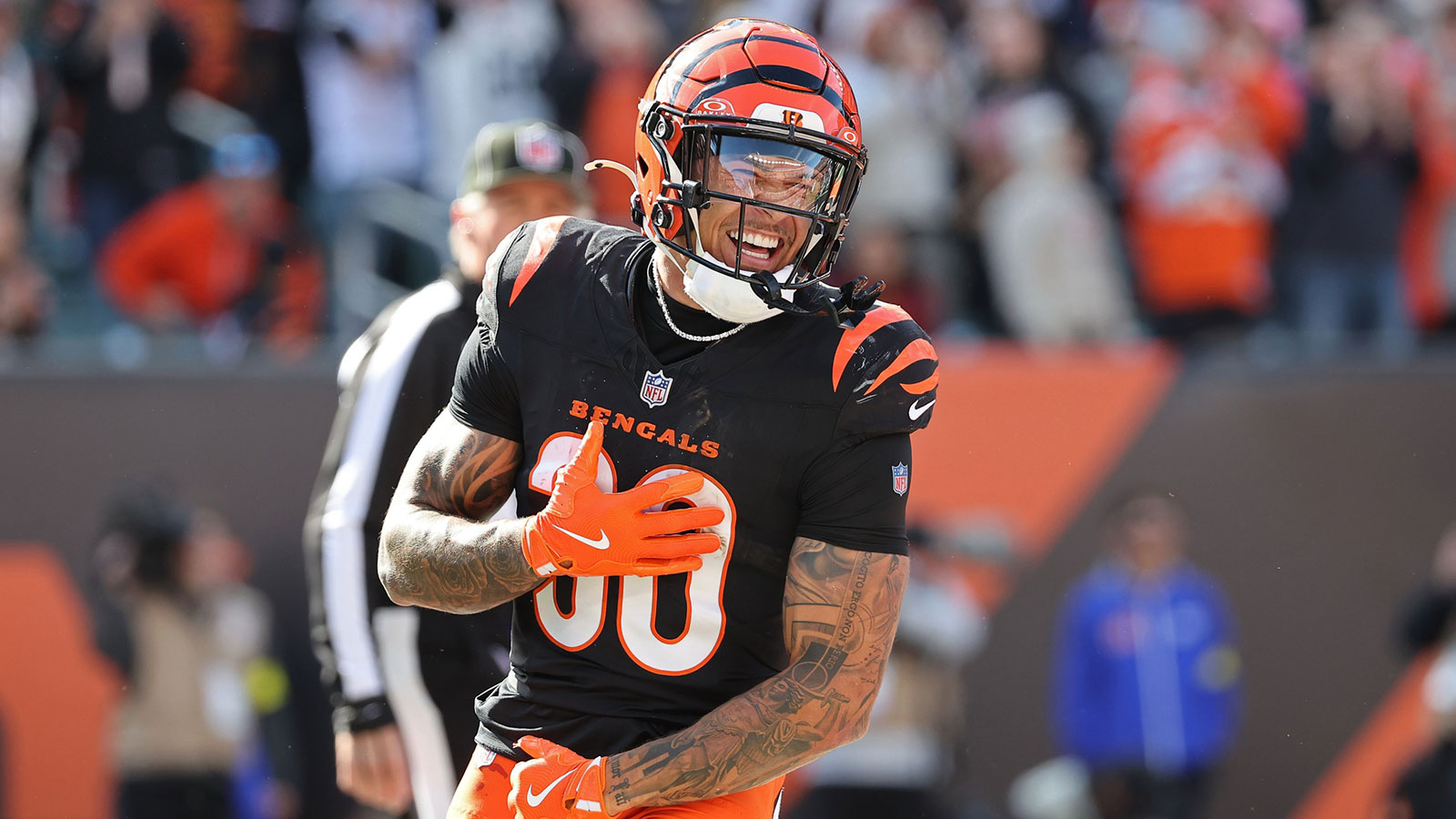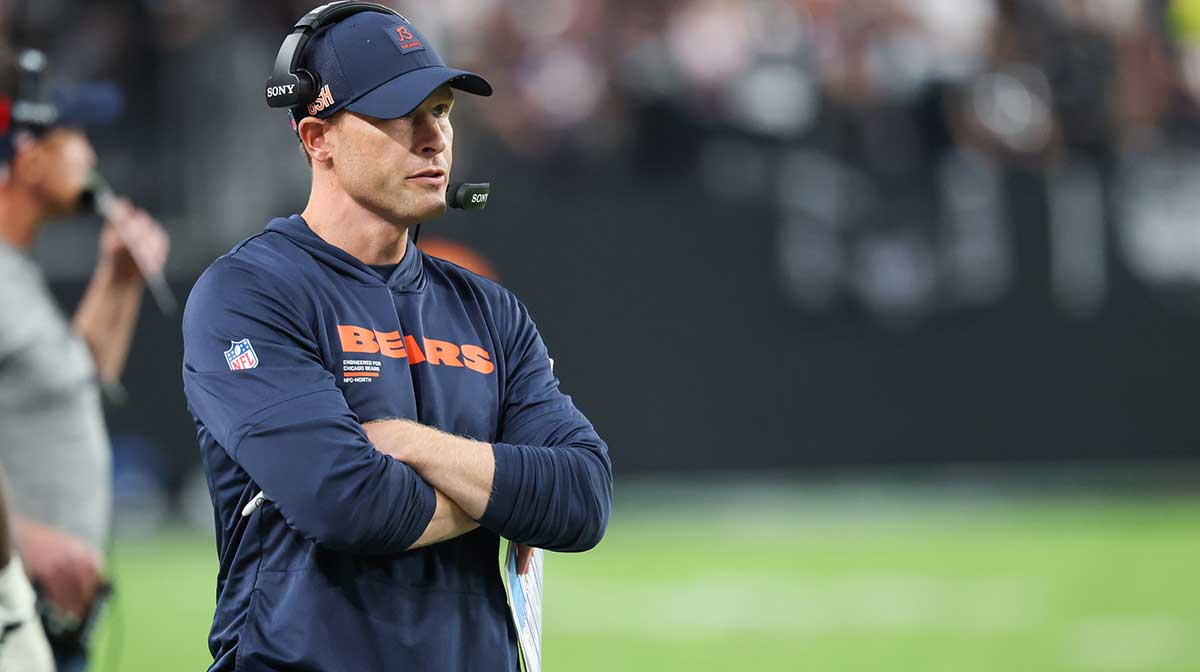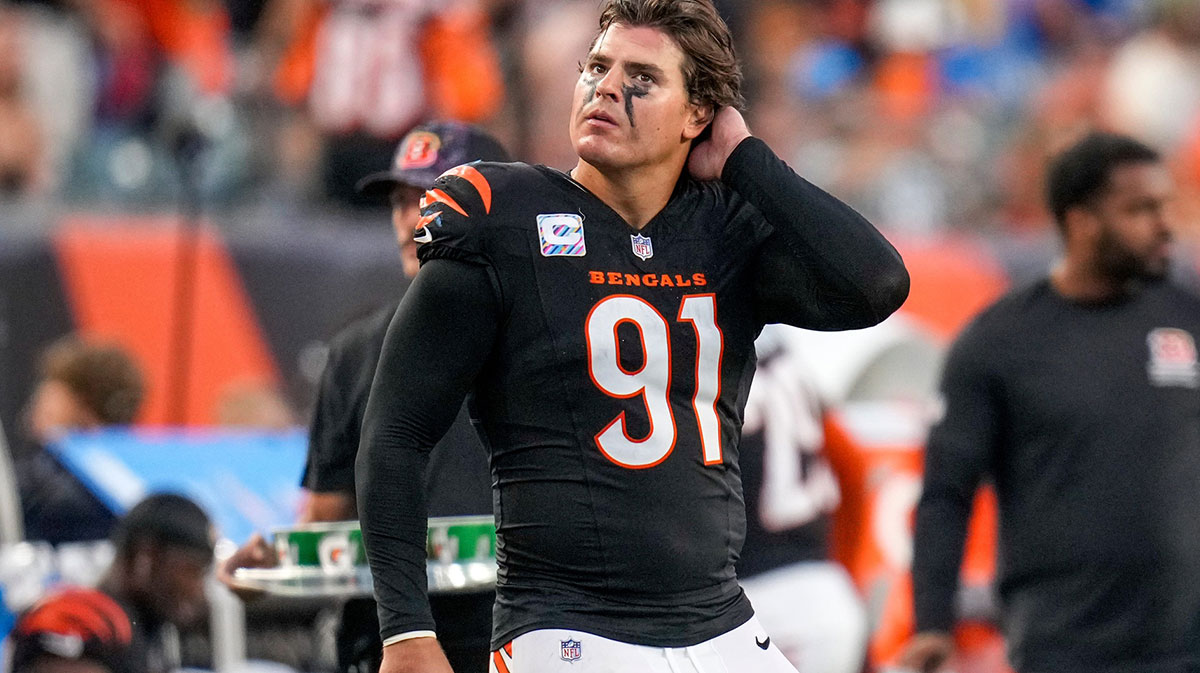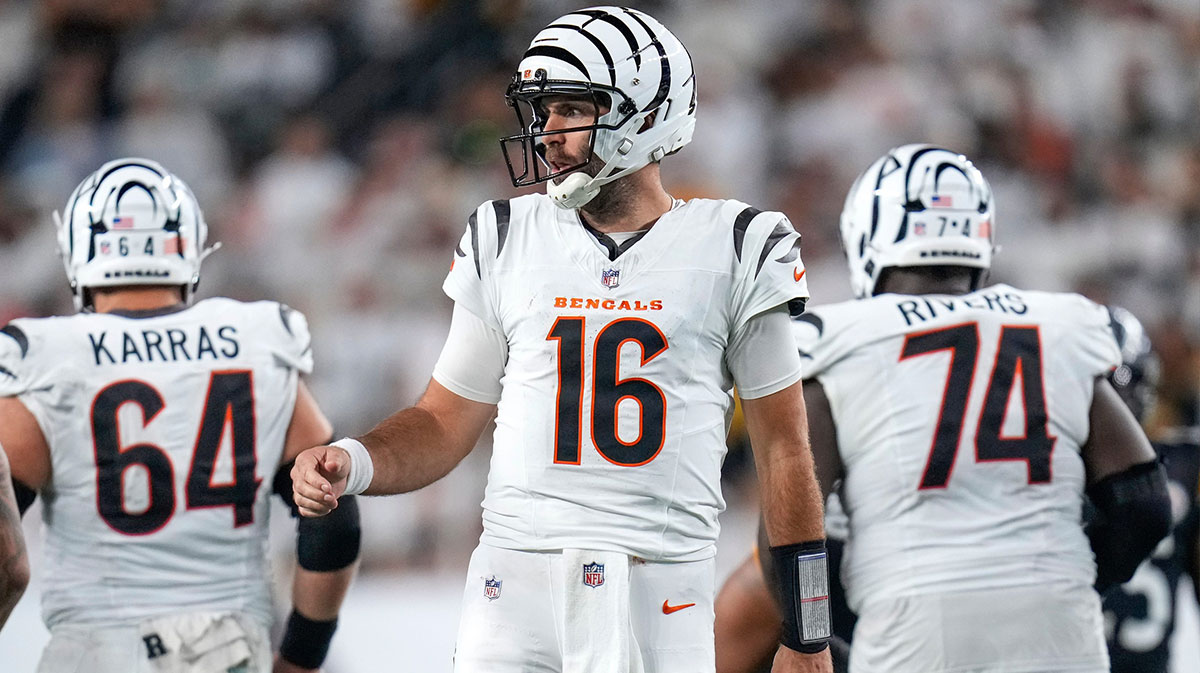A gut punch is how Zac Taylor described it, and it fit the scene in Cincinnati after a 47-42 collapse to Chicago. The Bengals seized a late lead behind Joe Flacco’s career-high 470 yards, then gave it back on a 58-yard catch and run to rookie tight end Colston Loveland with 17 seconds left. Taylor called the feeling “sick,” a word that captured both the result and the way it unraveled.
Next Gen Stats captured the rot underneath the drama. Cincinnati missed 15 tackles that yielded 133 extra yards against the Bears, including 35 yards tacked onto Loveland’s game-winner. The Bengals entered Sunday already leading the league with 94 missed tackles for 645 yards allowed after contact, and both figures were the worst in the NFL. That is not a one-week blip; it is a season-long identity.
The fourth quarter told the story. Chicago turned a two-score deficit into a late advantage in 32 seconds, recovered an onside kick, scored again, then watched Caleb Williams and Loveland finish the job after a short-lived Cincinnati response.
The Bengals’ offense answered nearly everything, but the defense lacked structure in space and the tackling fundamentals that close out games. Missed fits at the second level became chunk runs, whiffs on the perimeter turned routine throws into explosives, and pursuit angles broke down when it mattered most.
This is where the record stings. At 3-6, Cincinnati has now lost consecutive games while scoring 38 or more points, something the franchise had not done in decades. It is also the second straight week the defense gave up a late drive that wiped out high-level quarterback play.
Flacco’s deep accuracy and poise were enough to win on most Sundays. The inability to finish tackles and keep the ball in front erased that advantage.
Accountability is the buzzword around Paycor Stadium, and the numbers demand it. If the Bengals are going to salvage a season, it starts with shoring up tackling technique, recalibrating pursuit rules, and simplifying coverage so the back seven can play fast and square. Personnel shuffles might come next, but effort without form will keep producing the same result.
Calls to go further are getting louder. The latest collapse has fueled arguments to move on from Zac Taylor, centered on repetitive late-game breakdowns, a defense that looks disconnected, and a culture of “we’ll figure it out” without tangible fixes.
Critics point to years of the same issues, mounting player frustration, and a 2025 outlook that will be wasted if the defense remains among the league’s worst. Whether ownership agrees or not, Sunday turned a troubling trend into a flashing warning light.


